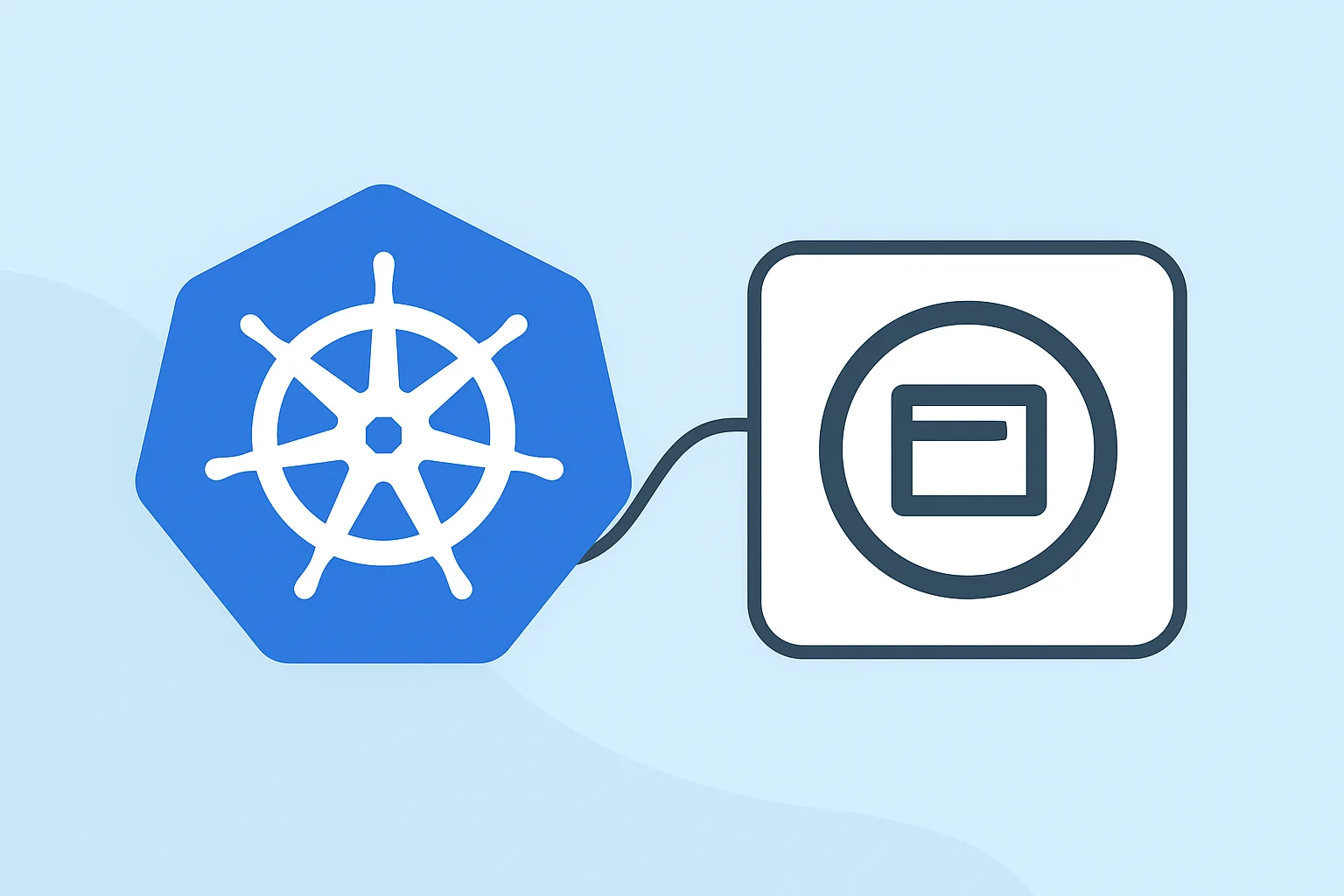In the world of cloud-native computing and Kubernetes orchestration, container runtimes are the backbone of application deployment. Among the variety of container runtimes available today, CRI-O stands out for its lightweight design, Kubernetes-native compatibility, and simplicity. But what exactly is CRI-O, and why is it gaining popularity among developers and DevOps teams?
This article explores what CRI-O is, how it works, and the benefits it brings to Kubernetes environments.
What is CRI-O?
CRI-O is an open-source container runtime specifically built to run containers directly from Kubernetes using the Container Runtime Interface (CRI). It is designed to provide a stable and minimal environment for Kubernetes to launch and manage containers, replacing heavier runtimes like Docker.
CRI-O acts as a bridge between Kubernetes and the Open Container Initiative (OCI)-compliant container runtimes, enabling Kubernetes to manage containers without needing Docker as a middleman.
Key Features of CRI-O
- Kubernetes-Native:
CRI-O was built with Kubernetes in mind. It adheres strictly to the CRI specification, allowing Kubernetes to manage containers efficiently without any extra components or complexity. - Lightweight and Minimalist:
Unlike Docker, CRI-O focuses solely on the tasks Kubernetes requires, resulting in fewer resources used and a smaller attack surface. - Security-Focused:
By stripping away unnecessary components, CRI-O enhances security. It also integrates easily with container security tools such as SELinux, AppArmor, and seccomp. - OCI-Compliant:
CRI-O uses OCI images and runtimes (likerunc), ensuring compatibility and standardization across different container tools. - Extensible with Plugins:
CRI-O supports various plugins for networking (via CNI), storage, and monitoring, offering flexibility while maintaining its core simplicity.
How CRI-O Works
CRI-O interfaces directly with the Kubernetes kubelet through the Container Runtime Interface. When Kubernetes schedules a pod, the kubelet communicates with CRI-O, which then pulls the appropriate container image, prepares the container, and starts it using an OCI runtime like runc.
This eliminates the need for a full Docker daemon, significantly reducing overhead and simplifying the container stack.
Benefits of Using CRI-O
- Reduced Overhead: With no Docker daemon to manage, system resources are conserved, and performance can improve.
- Faster Startup Time: CRI-O has a faster container startup time, improving application responsiveness in dynamic Kubernetes environments.
- Improved Security: Fewer moving parts mean fewer vulnerabilities, making CRI-O a safer option for production workloads.
- Simplified Architecture: CRI-O’s minimalist design leads to easier maintenance and troubleshooting.
CRI-O vs Docker: What’s the Difference?
While Docker was the go-to container runtime for many years, Kubernetes’ evolving needs prompted the community to develop alternatives like CRI-O. Here’s how they differ:
| Feature | Docker | CRI-O |
|---|---|---|
| Compatibility | General-purpose | Kubernetes-specific |
| Architecture | Complex (includes daemon) | Lightweight and minimal |
| Resource Usage | Higher | Lower |
| Security | More attack vectors | Streamlined and secure |
| OCI Support | Partial | Full |
Who Should Use CRI-O?
CRI-O is ideal for:
- Enterprises deploying Kubernetes at scale.
- Developers building lightweight and secure Kubernetes clusters.
- DevOps teams aiming to streamline container orchestration with minimal overhead.
Whether you’re managing a large-scale cloud-native environment or optimizing a local Kubernetes cluster, CRI-O offers a streamlined, efficient, and secure alternative to traditional container runtimes.
Conclusion
As Kubernetes continues to evolve, so does the ecosystem around it. CRI-O is a testament to the community’s commitment to creating leaner, more secure, and more efficient solutions for container orchestration. By focusing on simplicity and aligning closely with Kubernetes’ core architecture, CRI-O has cemented itself as a strong alternative to Docker and other general-purpose runtimes.
For anyone looking to optimize their Kubernetes deployments, adopting CRI-O can offer clear performance, security, and resource benefits.


